Description
Parameter:
Angle seat valves are 2/2-way pneumatically actuated piston valves. The piston actuator provides a linear motion to lift the seal off its seat. Because the seat is positioned under an angle, the flow is minimally impeded in the open position, resulting in an excellent flow rate and a low pressure loss. They are used to regulate the flow of liquids, gases, steam, vacuum and even aggressive fluids. They can also operate with high temperatures and high viscosity media, even under zero differential pressures.
The robust design makes angle seat valves a popular choice for harsh applications and they have very high cycle lives. Therefore, they are excellent long-life alternatives to ball valves. These valves are also suitable alternatives for solenoid valves, especially with contaminated, viscous media where typical solenoid valves would fail. They may be operated using a single acting or double acting configuration, which has an influence on its pressure rating. They can also be designed as manually operated or electrically operated, but in this article we will discuss pneumatic angle seat valves.
Construction and Design
They have a robust construction similar to globe valves, but use a piston operated angle seat valve with a closure spring. The body is normally cast or die-forged in one piece. A plug is connected to the end of the piston which is seated on PTFE seats. The piston is designed to retract further from the seat, thereby providing maximum flow rate. They may be Normally Closed (NC), Normally Open (NO) or Double Acting. The piston actuator comes with threaded ports or with NAMUR ports which allows for direct mounting of NAMUR style solenoid valves.
Often, the actuator head can be rotated 360° to allow optimum position of air and electric lines in tight locations. The valve body is generally made of brass or stainless steel. Connection types include threaded, clamped or welded. Typically, a visual indicator on the top of the piston shows whether the valve is open or closed.


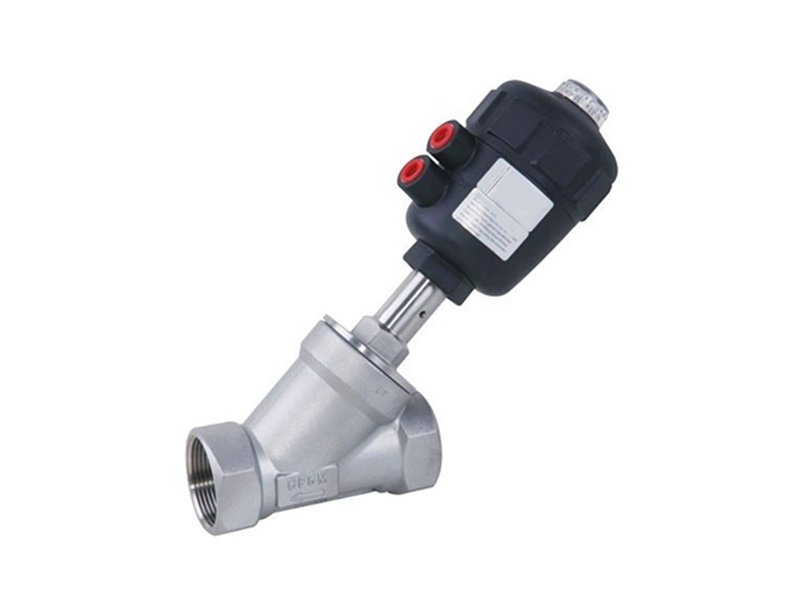
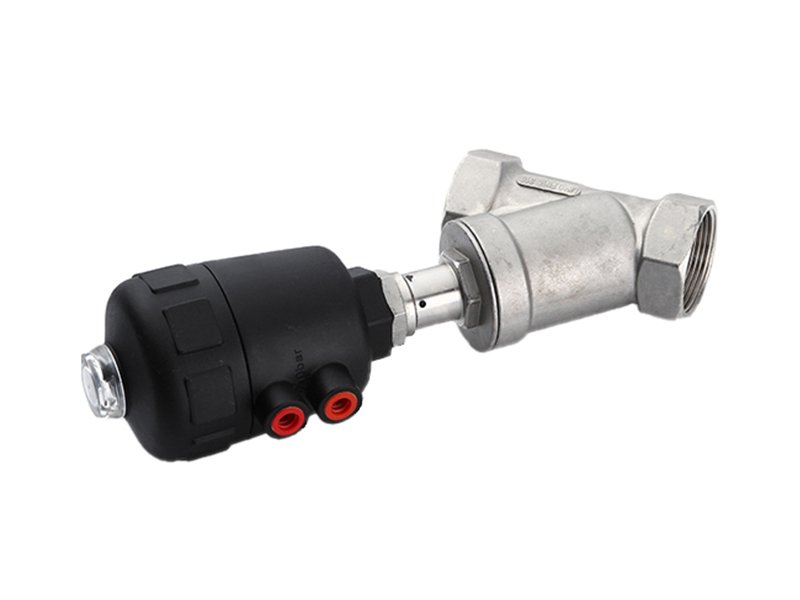
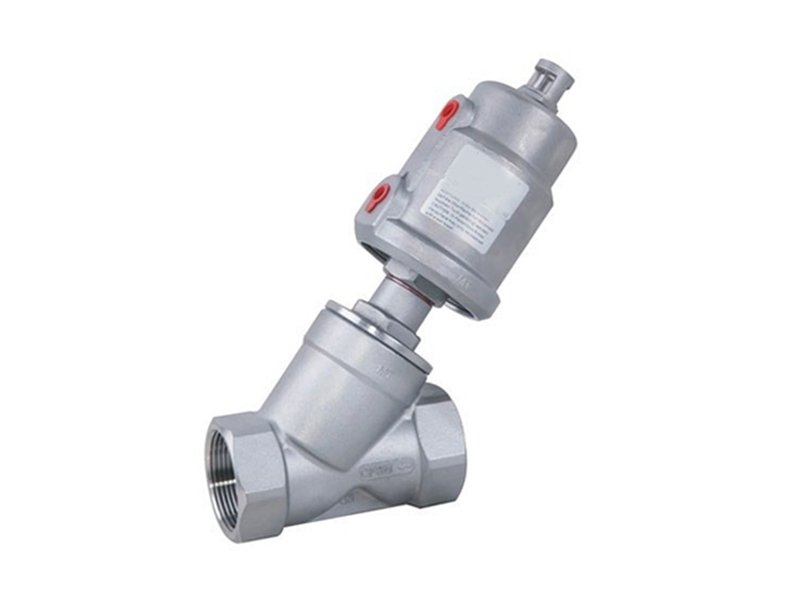
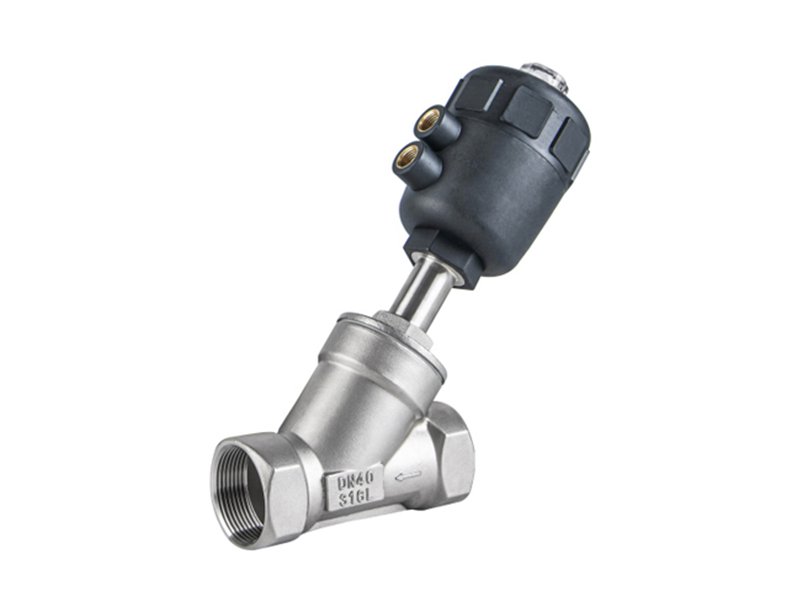
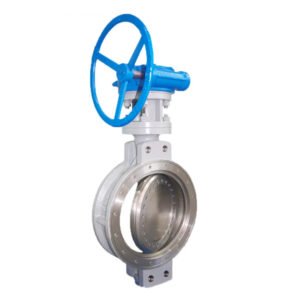
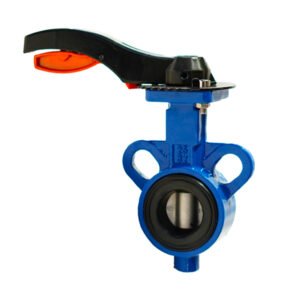
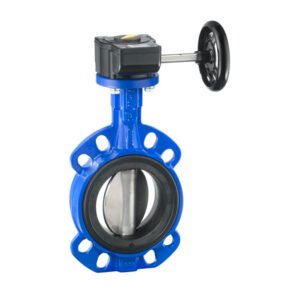

Reviews
There are no reviews yet.